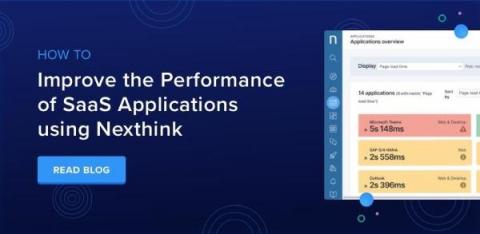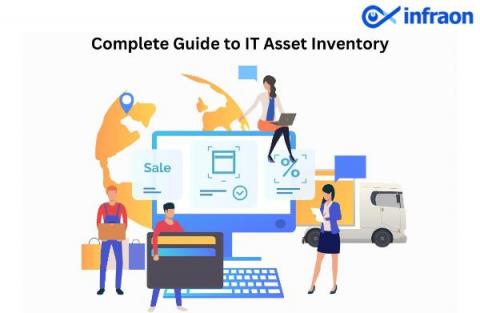How To Improve MS Team's Poor Call Quality across the Enterprise with Nexthink
Microsoft Teams is one of the most widely used collaboration tools today. Entire enterprises rely on MS Teams for cross-functional communication, project management, and productivity. If Teams has issues, entire projects can get derailed, and business objectives could be at risk. This places pressure on IT teams to proactively measure and manage the performance of MS Teams, to ensure issues don’t prohibit employee productivity.











